READY TO GET STARTED?
REQUEST A FREE ESTIMATE
Fill out the form below or call (888) 466-7849 for a free, no-obligation estimate.

Warmer weather triggers the emergence of animals from hibernation. What many homeowners don’t realize is that wildlife will sometimes take refuge inside your home during the cold winter months. Once the weather starts warming up, these overwintering pests will start waking up and come out in droves looking for food and water. While some wildlife may be harmless, others can cause significant damage to both your home and your health. Some pests leave feces behind that can contaminate your food, kitchen surfaces, and even the air inside your home. Other pests can chew through wood and wires in your attic and walls, putting you at risk for fires.
Some common spring wildlife that can cause issues for homeowners include birds like swallows and sparrows; rodents like rats and mice; bats; squirrels; and raccoons. Birds use eaves, vents, and holes in the roof to make nests. Bird nest removal and bird control is regulated and usually best left to professionals. Rodents are some of the most common nuisance pests, getting inside through tiny spaces and reproducing quickly. Chewing and contamination are huge problems with rodents. While not as common as some of the other wildlife mentioned previously, bats can cause problems for you in the springtime. Bats will usually roost in gable vents and soffits but can also get into your home through the chimney or holes that they can use to access the attic. Larger mammals like squirrels and raccoons can get into attics and chimneys and even crawlspaces and basements. They are some of the most destructive spring wildlife, chewing through materials in your home and leaving behind huge messes.
So what can you do to keep these animals from seeing your home as a safe haven? Check out these tips to help control wildlife this spring.
What to Know About Fleas & Ticks
Commercial Mosquito Control: A No Spray Way for Your Business
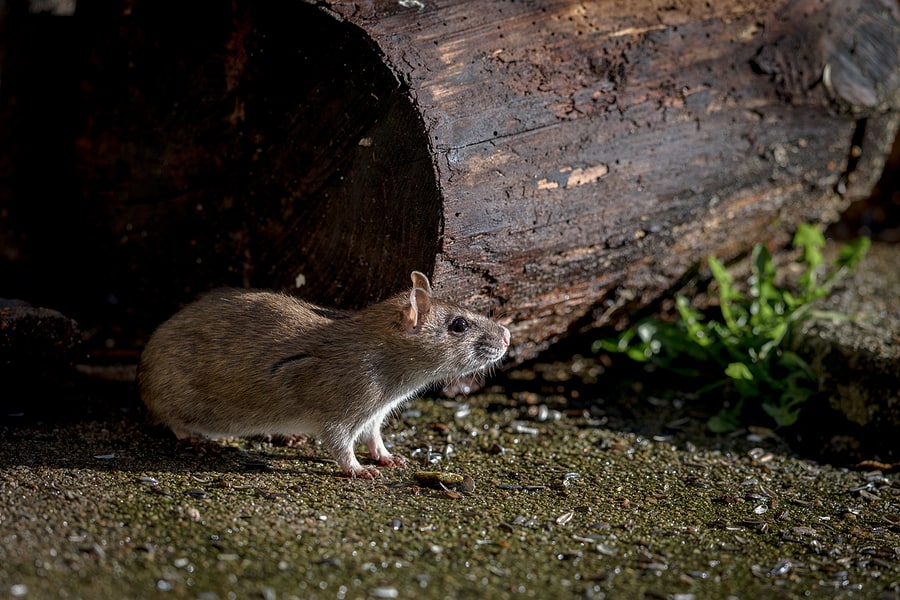
Unfortunately, we haven’t quite gotten over the cold weather yet. Lower temperatures means there are plenty of pests and wildlife creatures looking for warmth inside your home. Common wildlife, such as rodents, can be a major nuisance during the colder seasons. If found inside, these pests can damage electrical wires, insulation, and even spread disease. Identifying the type of rodents that have entered your home is the first step in the wildlife exclusion process.
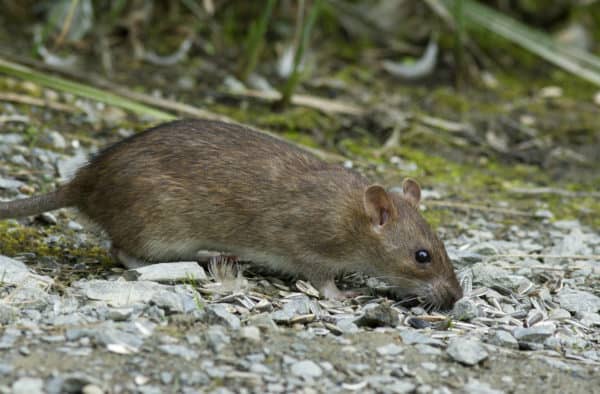
Norway rats are known as one of the largest species of rats, measuring about 10 inches in body length. These rats have thicker bodies with fur that’s usually brown with black shading. In addition to having a pale color underneath their tails, the tail itself is shorter in length when compared to their bodies. Norway rats, if desperate enough, will eat just about any food source they can find, although they prefer to eat meat. If they find food in a particular place, they will continue to return to that same spot. This can make baiting and removing them easier. These rodents make their habitats in burrows but can also be found throughout buildings and in sewer systems.
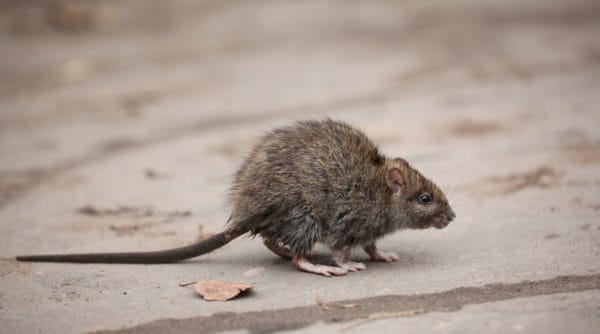
Roof rats have gray fur with black shading and smooth coats. They are about 8 inches long with slender bodies. They have darker tails than Norway rats and they are usually hairless and scaly. These rodents are extremely agile and are skilled climbers. They often prefer higher levels of buildings or homes, hence their name “roof rat.” While they prefer to eat fruit, roof rats will eat any available food source they can find. Unlike the Norway rat, the roof rat will not go back to the same location for food, making them much harder to bait.
Prevention is the key to making sure these rodents don’t enter your home. Use these rodent prevention tips throughout your home to ensure these creatures stay out.
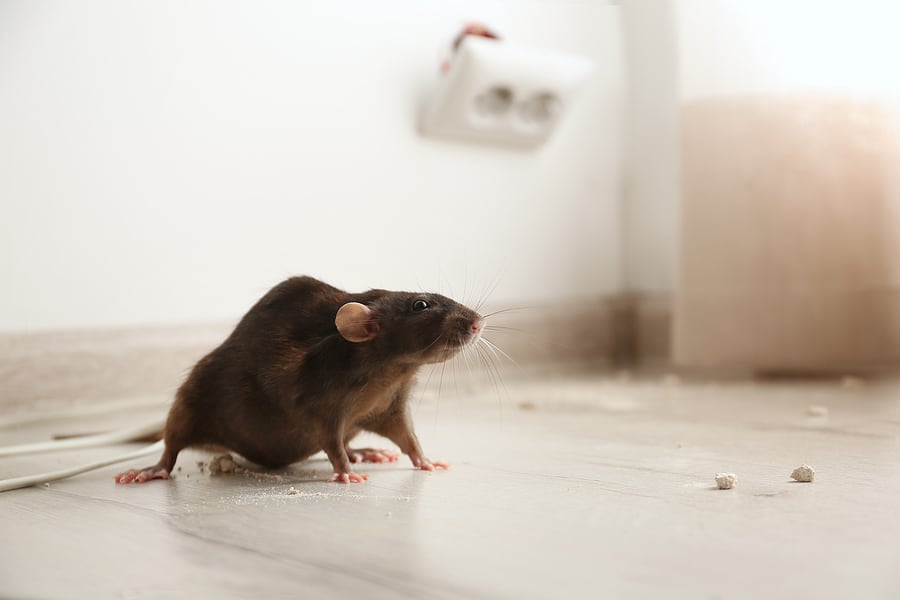
Rodents are one of the most resourceful pests when it comes to getting into your home. Mice and rats can squeeze through the tiniest cracks to gain access and they require very little space to travel inside. Rodents seek shelter indoors, especially during the fall and winter months as they go in search of warmth, food and water. While a rodent sighting can be scary enough, these pests also pose serious hazards to your home and your health. They can gnaw through cardboard, paper, and even electrical wires, putting you at risk for fires. They are known to carry bacteria, like salmonella and hantavirus, and can contaminate your food, kitchen surfaces, and other areas of your home. Even rodent droppings are dangerous – helping spread these pathogens to you and your family.
The first step in rodent control in and around your home is to prevent them from getting inside in the first place. Here are 10 easy tips you can use for preventing mice and rats:
If you do find signs of rodents in your home, best practice is to remove them and prevent re-entry as soon as possible. This is best accomplished by a professional pest control company who can not only eliminate the nuisance pests, but help identify nesting sites and points of entry to help prevent reinfestation in the future.
Don’t Forget the Forgotten Rooms
Avoiding A Winter Wildlife Invasion
9 Energy Saving Tips For Winter
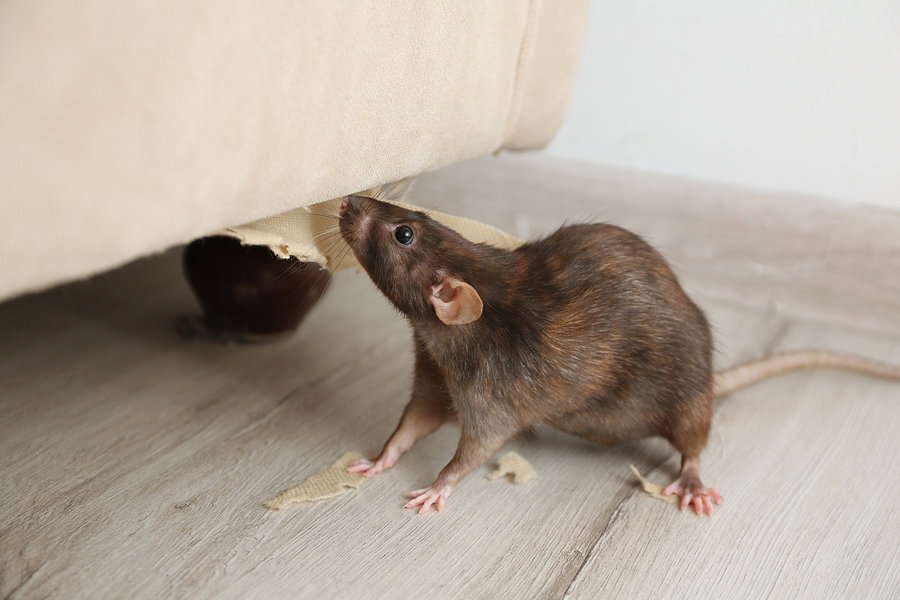
You’ve found all the signs and you’ve confirmed it – there’s a rodent in your house. But is it a rat or a mouse? Does it really matter? How can you tell? Although there are significant differences in rat vs mouse, it can be hard for the average homeowner to distinguish between the two. The behavior, diet, and habitat of each of these pests affects how they are eliminated and prevented. Proper identification is essential for effective rodent control.
There are over 70 species of mice and rats in the United States. The most common are the Norway rat, the roof rat, and the house mouse. Let’s take a look at the difference between rats and mice and why it matters.
Mice are curious and will investigate anything new they come across. Because of this, you can put set mouse traps directly in their path. Mice can stand on their hind legs when they are supported by their tails. They are excellent jumpers, swimmers and climbers and are extremely fast runners. Mice are nocturnal and most active from dusk until dawn. They do not like bright lights.
Rats are more cautious than mice. They will avoid new things until they get used to them being there. Because of this, unset traps should be placed in their path first to let them get used to them and then replaced with set traps later. Rats are strong swimmers and will often live in sewers, allowing them to enter buildings through broken drains and toilets. They will climb to get to food, water, and shelter. They follow regular routines and paths each day.
House mice are much smaller than their rat cousins. They have small heads, small feet, pointed snouts, and large ears with some hair on them. They are usually light brown in color with some gray shading and dark tails. Their droppings are shaped like small rods.
Norway rats have heavy, thick bodies. They are the largest of the three common rodent species. They have blunt snouts and short ears with dark hair. They are usually brown with black shading and shaggy coats. Their tails are dark on top and pale underneath. Their droppings are shaped like capsules.
Roof rats have light slender bodies. They have pointed snouts and long ears with no hair. They are usually gray in color with black shading and smooth coats. Their tails are dark. They have droppings shaped like spindles.
Mice prefer cereal grains and plants but they will feed on almost anything.
Rats will eat nearly anything, as well, but prefer fresh grain and meat. Rats also need 1/2 to 1 ounce of water a day to survive.
Mice prefer to nest near their food sources. They will use any soft material or shredded paper to build their nests.
Rats will burrow under buildings, along fences, and under plants or debris. Norway rats typically live in these burrows while roof rats prefer to nest in walls, attics, and trees.
Mice will have up to 10 litters per year and typically live from about 9 to 12 months.
Norway rats will have up to 6 litters per year and live 12 to 18 months.
Roof rats will have up to 8 litters per year but have fewer babies in their litters than Norway rats do.
The house mouse is considered one of the top 100 world’s worst invaders. They are afraid of rats because rats will eat them. Mice are also color blind.
Rats are nocturnal and have poor eyesight. Norway rats and roof rats do not get along and will actually fight each other to the death. Norway rats tend to live on the lower floors of buildings while roof rats will live on the upper floors.
Why does it matter whether you have a rat or a mouse? Both rat and mice droppings contain pathogens that are dangerous to humans. Both are also very good at breeding and increase their populations quickly, making them harder to control. The significance in properly identifying rats vs mice affects how they are controlled and eliminated. Because they each have such different diets, habitats, and behaviors, different methods are employed when it comes to getting rid of them. What may work for house mice might not be effective in controlling rats and vice versa.
If you have an issue with rodents or any other pests, contact a professional pest control company who can not only properly identify the nuisance pest, but also set you up with the appropriate treatment and ongoing prevention plans.
What Attracts Moles to Your Yard?

Homeowners can all agree that the idea of having rats inside your home can be very alarming! These rodents can easily sneak into your basement, walls, and even in kitchen cabinets. At first, rats may not reveal themselves to you. However, there are a few clues to look for when you start to suspect you might have rats roaming inside your house.
One sign that you possibly have rats is seeing gnawing marks. Rats are known to sneak behind walls and gnaw on wires. This can be especially dangerous as it can increase the risk of a fire in the home. Make sure to check out any exposed wood inside or around your house for gnawing marks.
Another common sign of rats is seeing their nests. Rats usually prefer to nest underground or in attics and you’ll typically find them in dark secluded areas hidden from any possible disturbances. They commonly build their nests using paper products like cotton, fabrics, wall insulation, or any soft material found in the environment. Rats are also known to leave tracks or rub marks throughout your home while following a trail from their nest to food sources. They will usually leave dark grease or dirt marks along walls and floorboards.
A major sign you’ve got a rat infestation is seeing their droppings. Rat droppings usually measure around 1/8-1/4” long and are generally left behind randomly, but are often found in places where food is stored, such as cabinets or pantries. You can also find droppings inside cardboard boxes, along baseboards, and even on top of wall beams. Seeing rat droppings could indicate that its time get rodent control help from a professional pest control company. Professionals are able to inspect the home and begin the best method of treatment.